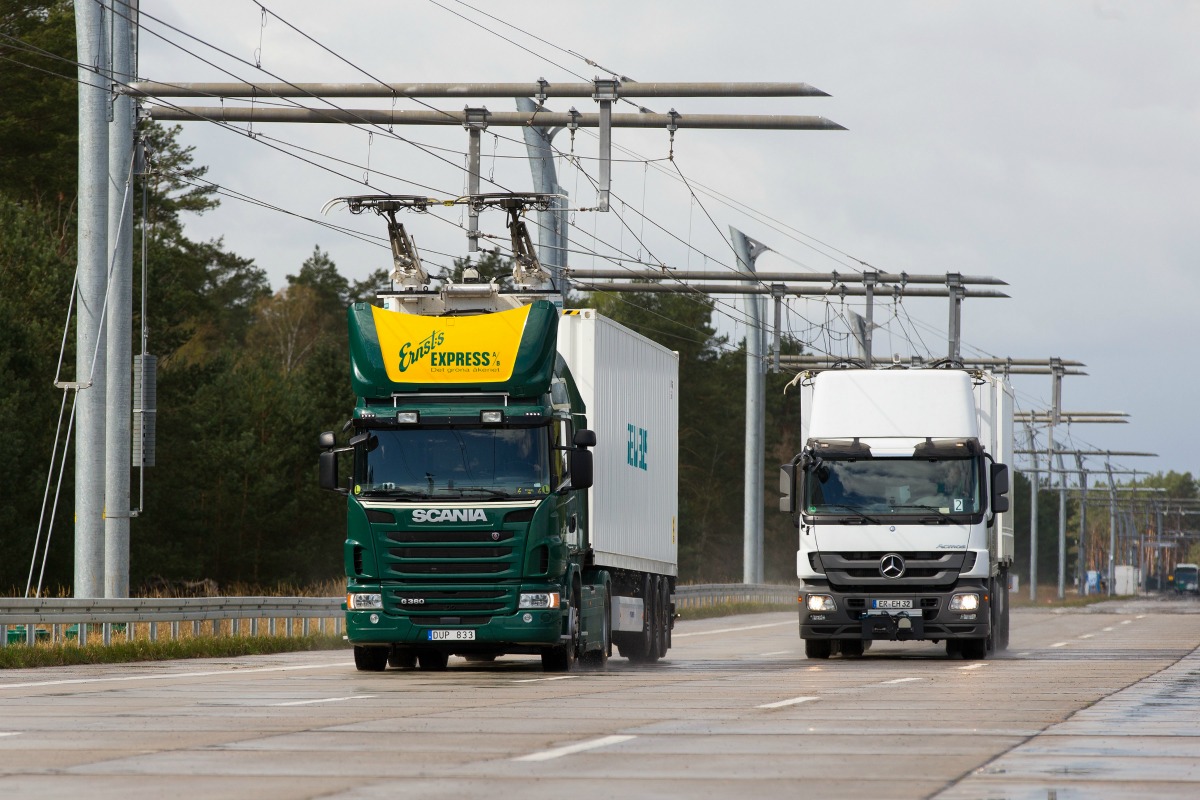They say that the industrial growth of the country is rising and ‘better than’ what most economists might argue. It’s a common fact that the automotive set-up in the country is facing its worst nightmare, ever since Porsche ‘accepted’ having muddled around with hundreds and thousands of diesel vehicles, proven to be emitting more toxic pollutants than what was told.
It’s also said that the political state of affairs of the country has seen better days. Yet, there’s no dull day in Germany, still the most powerful economy in Western Europe, despite having recorded its slowest growth rate in the past half a decade.
The home of some of the world’s most renowned automotive and engineering giants that have both shaped public imagination and proven a point about its economic strength, Germany has perhaps given its constructive critics something to chew about. As the first electric highway in Germany opened a few days ago, there were some interesting highlights to note about a development that furthers Germany’s belief in clean energy and safeguarding of the environment.
Here’s what you ought to know about the first electric highway in Germany:
The first electric highway in Germany is a 6-mile stretch on the road, aptly titled eHighway. The primary purpose behind the construction of the same is not only pollution minimization but also enabling electric charging of “hybrid” trucks through overhead electric cables.
Apparently, the overall cost of production of the first electric highway in Germany cost the government a whopping 14 million euros
The main firm responsible for the construction is the revered Siemens, that is also responsible for testing until 2022.
Siemens is particularly noted for its prowess at creating eHighways, a first of its kind being established by the mega-engineering giant in Carson, Los Angeles back in 2017.
Among the main reasons why this first electric highway in Germany is creating ripples in the media is that it will eventually see the Western European republic gradually gravitate toward electrifying the overall traffic. While there’s no official estimate available as of now, it’s believed that around 80 per cent of the country’s overall traffic will soon be electrified and this, therefore, is a stepping stone in that direction.
To delve into some details about the first electric highway in Germany, it’s worthwhile to note that several ‘conductor rods’ are attached to a truck’s roof that is, in turn, connected with 670-volt overhead cables. This arrangement enables the hybrid trucks to draw power from electricity whilst they are in motion.

All that said, among the leading business journals Business Insider happened to share the following with regards to the development of this ambitious German project:
The program, called ELISA (electrified innovative heavy traffic on the Autobahn), is an environment ministry-sponsored project involving electronics giant Siemens and authorities from the state of Hesse, where it is taking place.
The trucks – which have conductor rods called pantographs added to the top of the cabin – must be going less than 56 miles per hour to successfully make a connection.


